Operations Management Report: Concepts, Practices, and Strategies
VerifiedAdded on 2022/08/26
|5
|993
|17
Report
AI Summary
This report provides a comprehensive overview of operations management, encompassing key concepts and practices essential for effective business operations. It begins by defining operations management and its role in managing production and distribution processes, emphasizing the importance of productivity and efficiency. The report delves into human resource management's significance within operations, highlighting the collaboration needed between HR and production to enhance operational efficiency. It explores quality management, including product design and manufacturing processes, and discusses strategies like lean manufacturing and capacity utilization to improve operational efficiency. Furthermore, the report integrates supply chain management, covering sourcing, material management, logistics, and demand forecasting. Inventory management and maintenance aspects are also addressed, along with the application of various operations management models. The report underscores the significance of operations management in helping enterprises manage their daily aspects, effectively utilize resources, and gain a competitive advantage.
1 out of 5
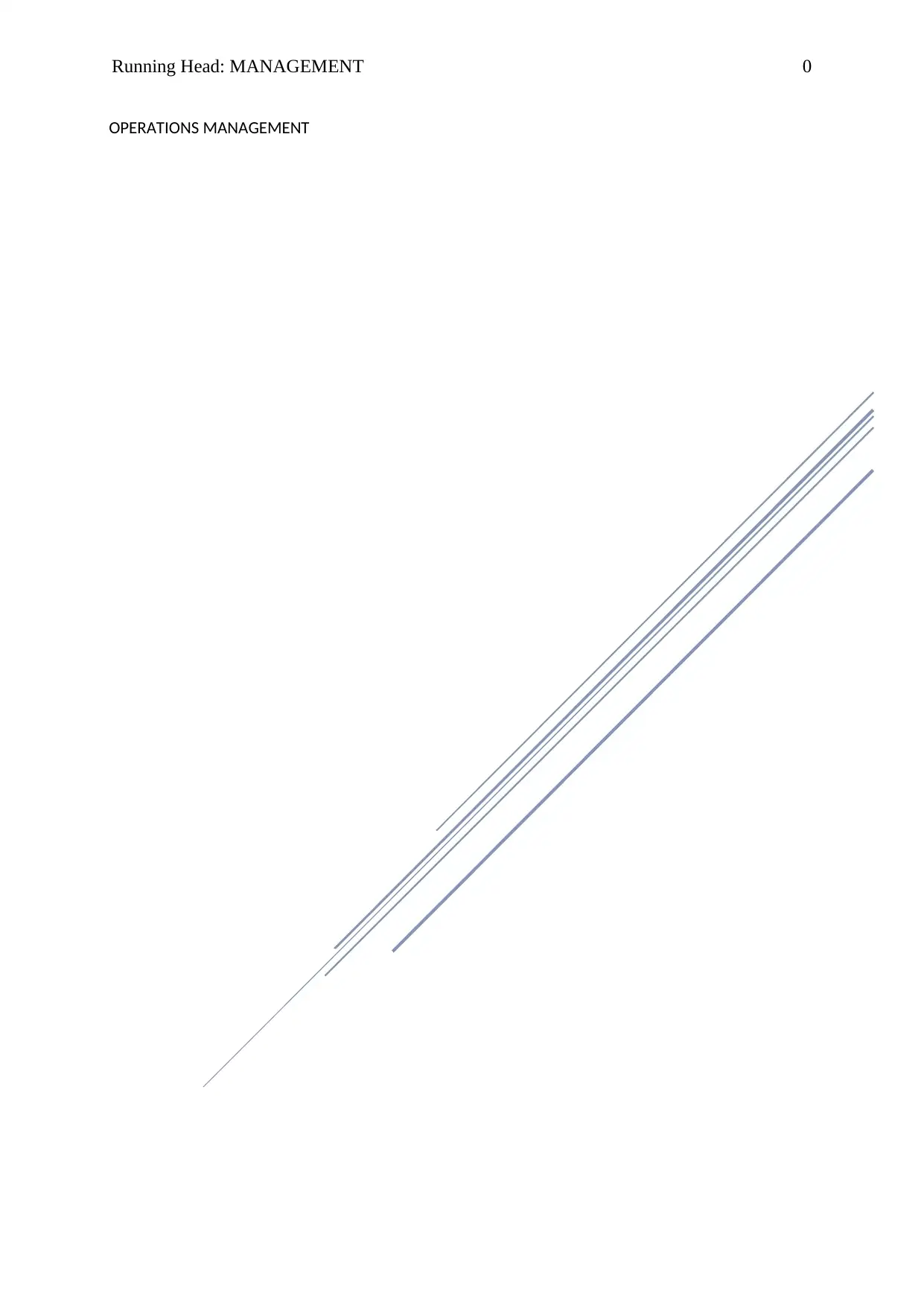
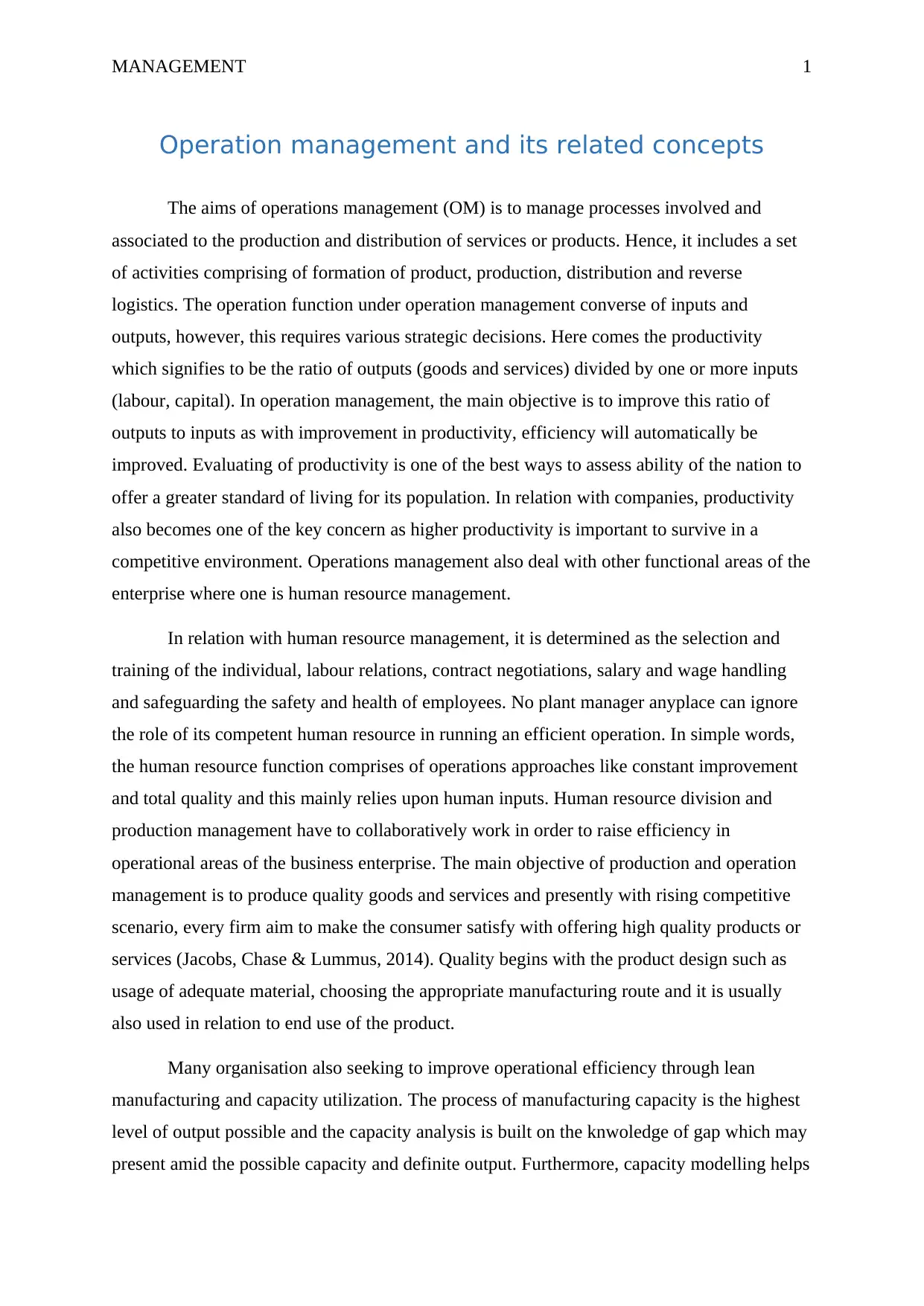
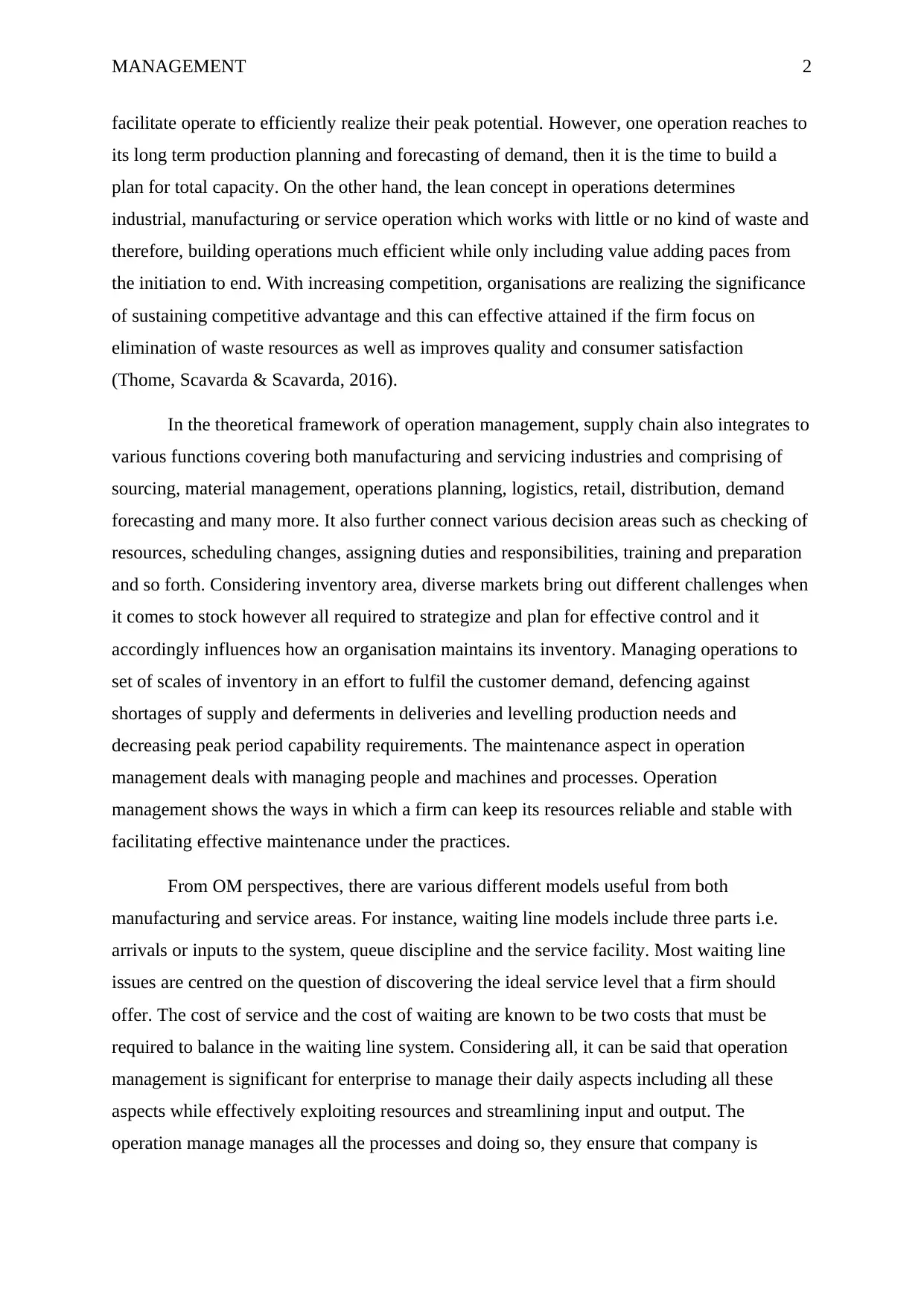

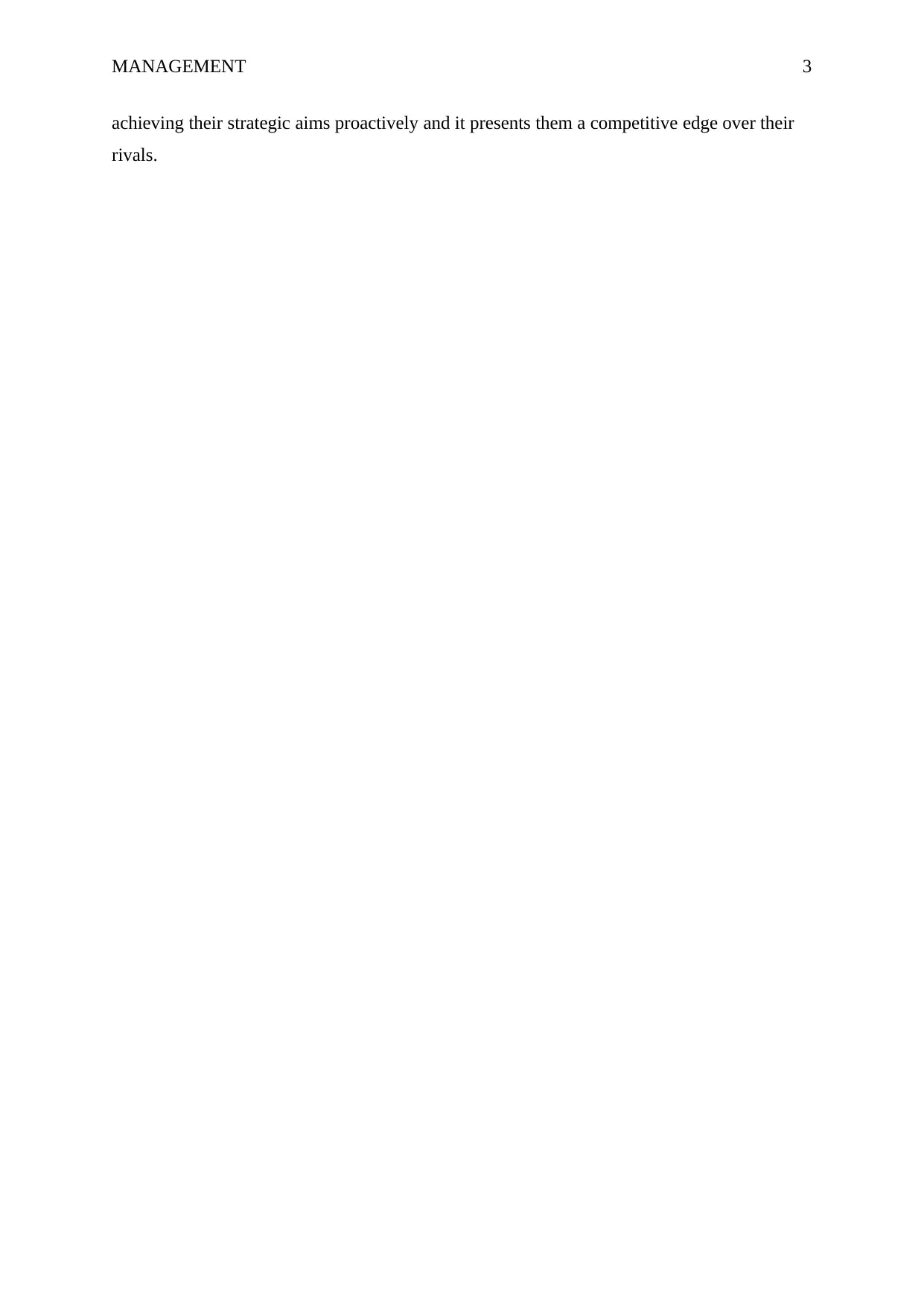
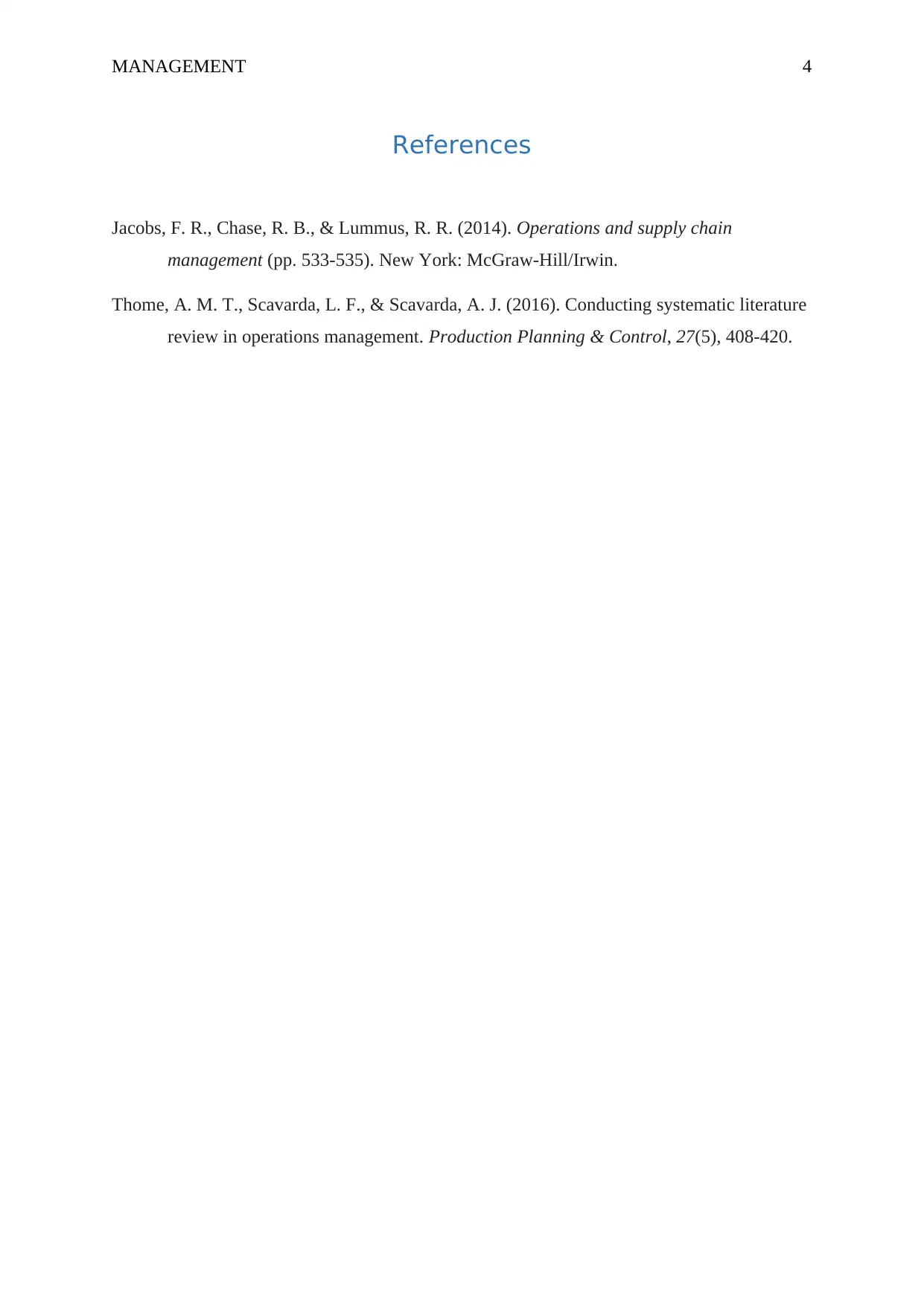





![[object Object]](/_next/static/media/star-bottom.7253800d.svg)